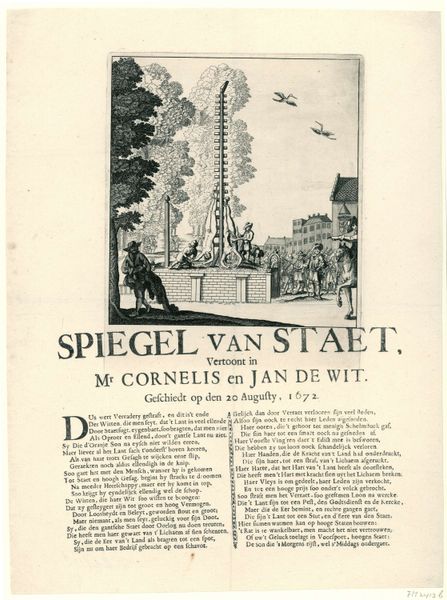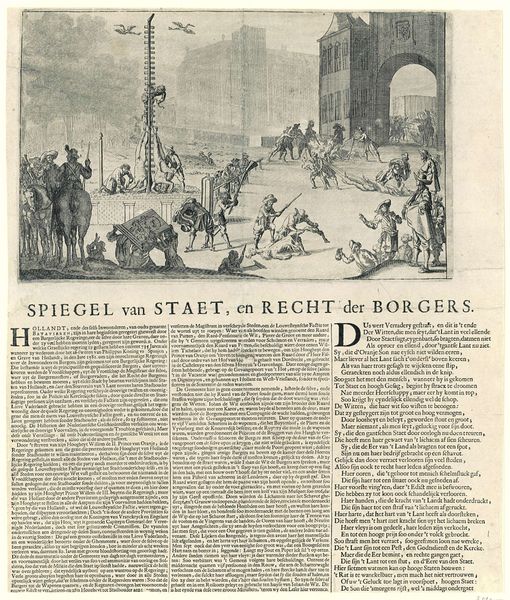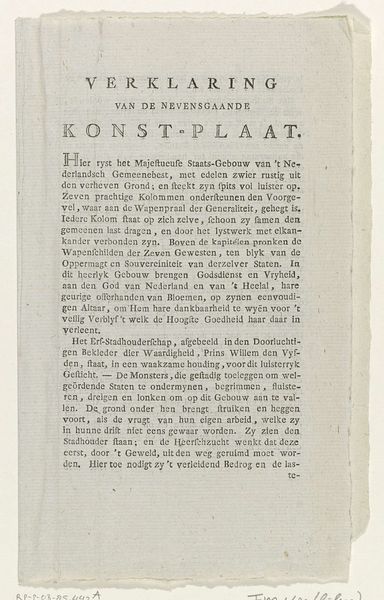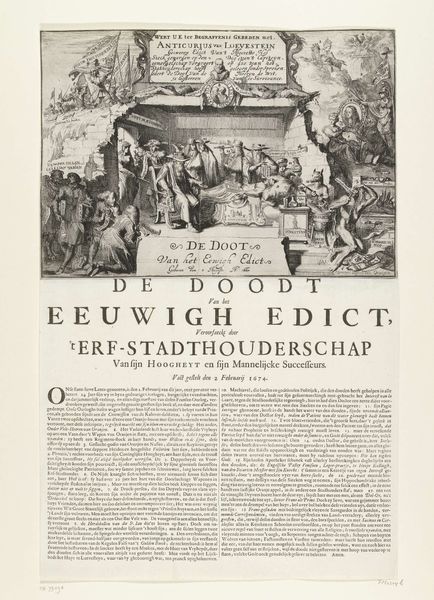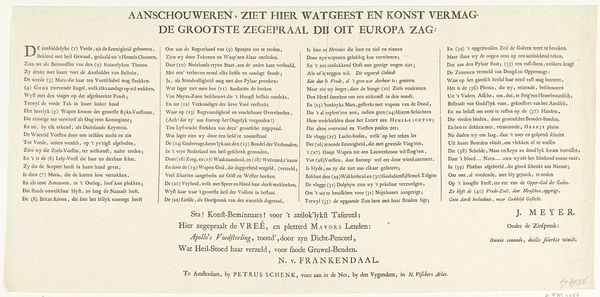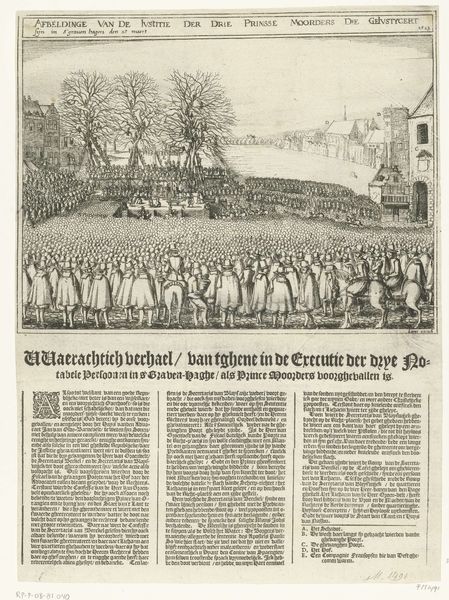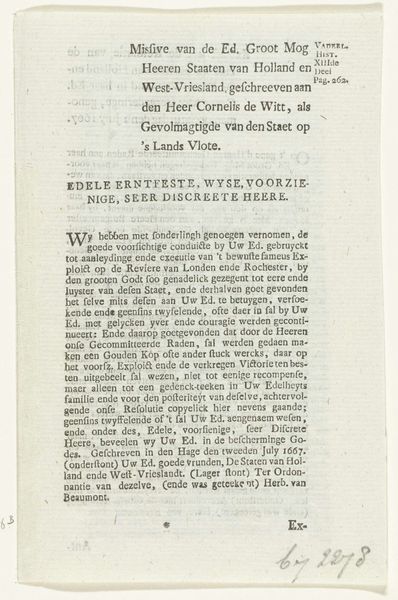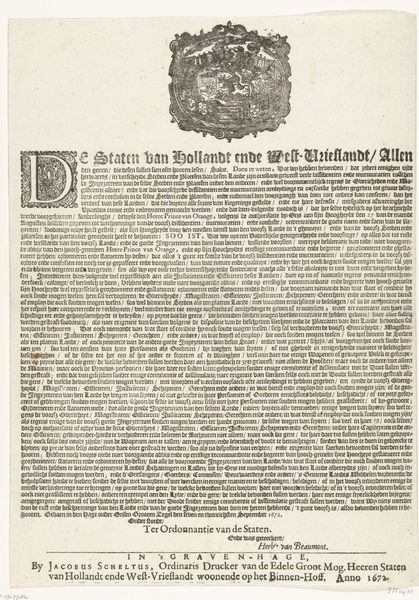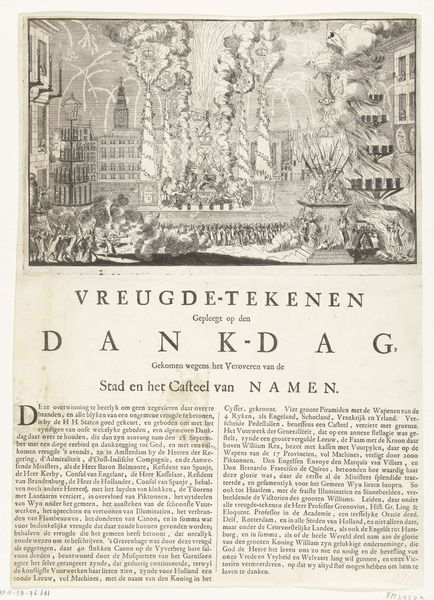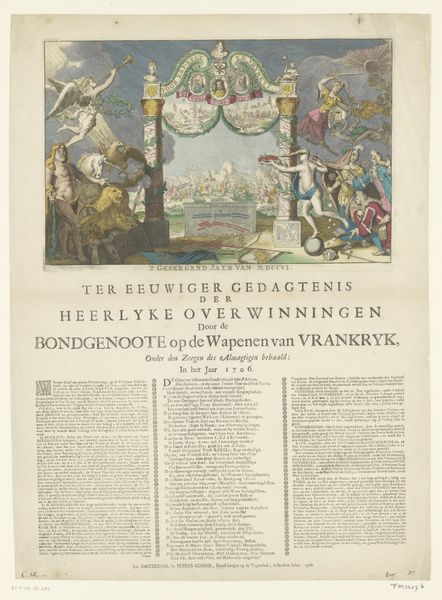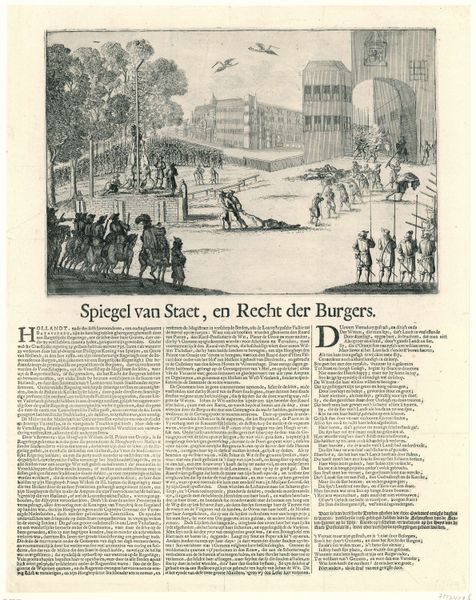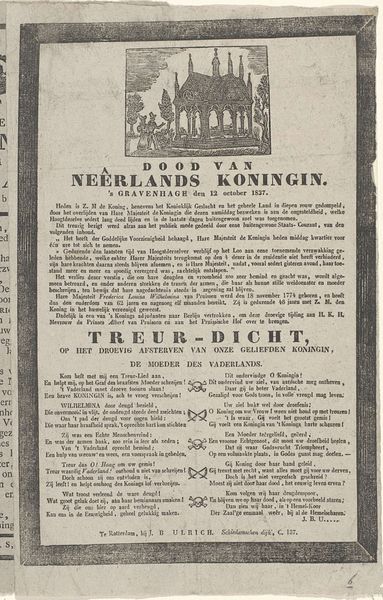
print, etching, engraving
#
baroque
#
dutch-golden-age
# print
#
etching
#
history-painting
#
engraving
Dimensions: height 415 mm, width 325 mm
Copyright: Rijks Museum: Open Domain
Editor: This print, "The Verminking of the Bodies of the Brothers de Witt, 1672", currently residing at the Rijksmuseum, is attributed to an anonymous artist. I'm immediately struck by its grim nature. The figures around the central scene look quite disturbed. What do you see in this piece from a more formal perspective? Curator: Indeed. Formally, the print achieves its unsettling effect through stark contrasts. The artist employs strong diagonals to emphasize the violence enacted on the bodies, which are disturbingly suspended. Consider the use of line here: the crisp, almost clinical rendering of the figures clashes violently with the emotional weight of the scene. Note also how the engraver contrasts the relative clarity of the central drama with the text obscuring and framing the image. Editor: So, the composition itself enhances the horror of the event depicted? Curator: Precisely. Furthermore, examine the symbolism at play through the composition. The brothers are positioned almost as specimens on display; this speaks to an intentional dehumanization. Ask yourself: how do these visual devices work together to provoke a reaction? Is the effect to ennoble the figures through religious imagery, or condemn the event? Editor: It’s interesting to think about how the formal elements—the lines, the composition—create a narrative that challenges a simple, straightforward reading of the event. Are you suggesting the artist might be making a comment through this technical manipulation? Curator: That's the crux of the question, isn't it? Through careful observation of the form, we might uncover nuances obscured by the historical context. How might the artist’s choices serve as a subtle indictment of the mob? Editor: I see what you mean! I had focused so much on the historical event that I hadn’t considered how the artist used the tools of engraving to create such a charged and ambivalent image. Thank you. Curator: The devil, as they say, is always in the details. And, in art history, meaning often arises from careful attention to form.
Comments
No comments
Be the first to comment and join the conversation on the ultimate creative platform.
